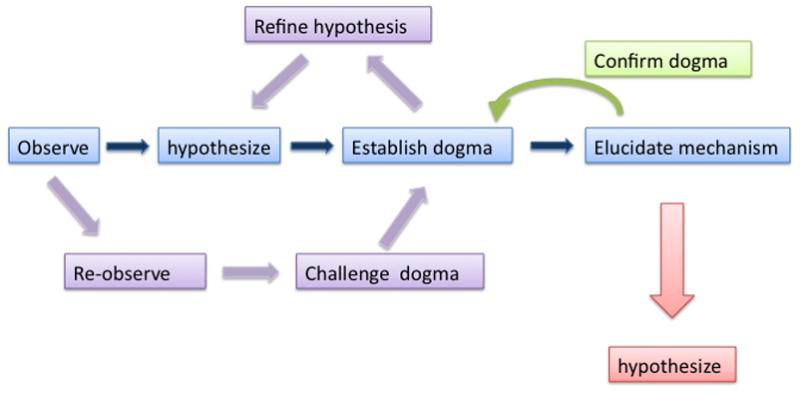Figure 1. Phases in scientific discovery.

Most scientific discoveries begin with the observation and description of a fundamental phenomenon, thereby forming the basis for an initial hypothesis. Once accepted as true, the hypothesis becomes a tenet which over time becomes a dogma. This stimulates challenges in the form of new observations which result in a refining and/or expanding of the initial hypothesis and associated dogma. Eventually, the focus of the field turns to mechanism, which mostly reconfirms the initial dogma but also provides a new set of observations upon which new hypotheses can be based. The field of sexual differentiation of the brain is currently in this period of scientific discovery as we make great inroads into determining the mechanism of steroid hormone action while also forming new hypotheses regarding the importance of genetic and epigenetic variables.
